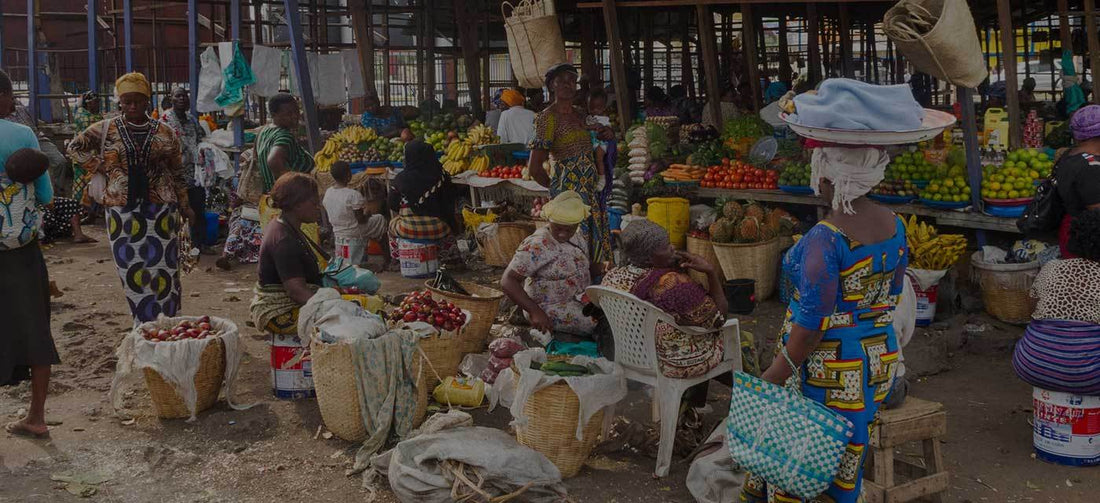The role of the co-operative in building the D.R. Congo’s coffee industry.
The Democratic Republic of the Congo (DRC) isn’t well known for coffee, but rather the civil war which tore the country apart for over 20 years. Small farming communities are working together, against the odds, to create a new industry and a way forward for their families.
The eastern border of the DRC runs along the Western Rift Valley, home to some of the Great African Lakes. This region shares the climate, soil and conditions of successful coffee producing neighbours in Rwanda, Burundi and Tanzania. High altitudes, rich dense volcanic soil are perfect for coffee cultivation and warm days paired with cool nights help the coffee cherries develop and mature slowly and evenly.
Despite the perfect conditions, coffee was all but abandoned when the country first gained independence from Belgium, who had introduced the crop in 1940. Coffee was an unwelcome reminder of the country’s colonial past. Unsupported by successive governments, the industry dwindled down to small backyard production where individual farmers were often fleeced by corrupt buyers and taxed up to 32 times by government officials.
The old trees remained and continued to be harvested, but without much hope for success or profit.

As each member of the co-operative is equally invested in the quality of the end product, the standards of the processing are much higher than when the farmers were selling their crop to a middleman.
This is reflected in the successive wins at the Taste of Harvest competition, which Kawa Kabuya has won three years in a row.
The co-operative is run democratically, with a board elected from within the community and decisions put to vote. The farmers receive a small remittance at the time of harvest to tide them over financially until the coffee is sold.
Once a price has been negotiated through the NGO’s contacts in international markets the decision on how to spend the profits is put to the community.

Part of the profit is returned directly to the farmers, but the co-operative also uses the funds to undertake important improvements and face the challenges of this nascent industry.
One example of the challenges faced from within the co-operative is the age of the coffee trees – most are 50 – 60 years old. In 2014 the community decided to undertake a large scale replanting, thinning out the old trees and putting in the saplings which would provide income in the future.
The coffee co-operatives also face stern external challenges such as the incredibly high export tax applied by the DRC government. In 2017, co-operatives across the region banded together in a coalition which successfully lobbied the government to reduce the tax by half!
Perhaps the most symbolic undertaking at Kawa Kabuya is the nursery attached to the washing station. Hundreds of coffee seedlings are carefully nurtured, each row identified with the varietal of coffee tree – Catuai from Brazil, Blue Mountain from Jamaica – as the farmers search for the type which will give them the best crop, with the highest quality coffee.
They are only beginning in their pursuit of a sustainable industry and there are still many problems and challenges to be faced, but in the greenhouse there can be found a little hope.



